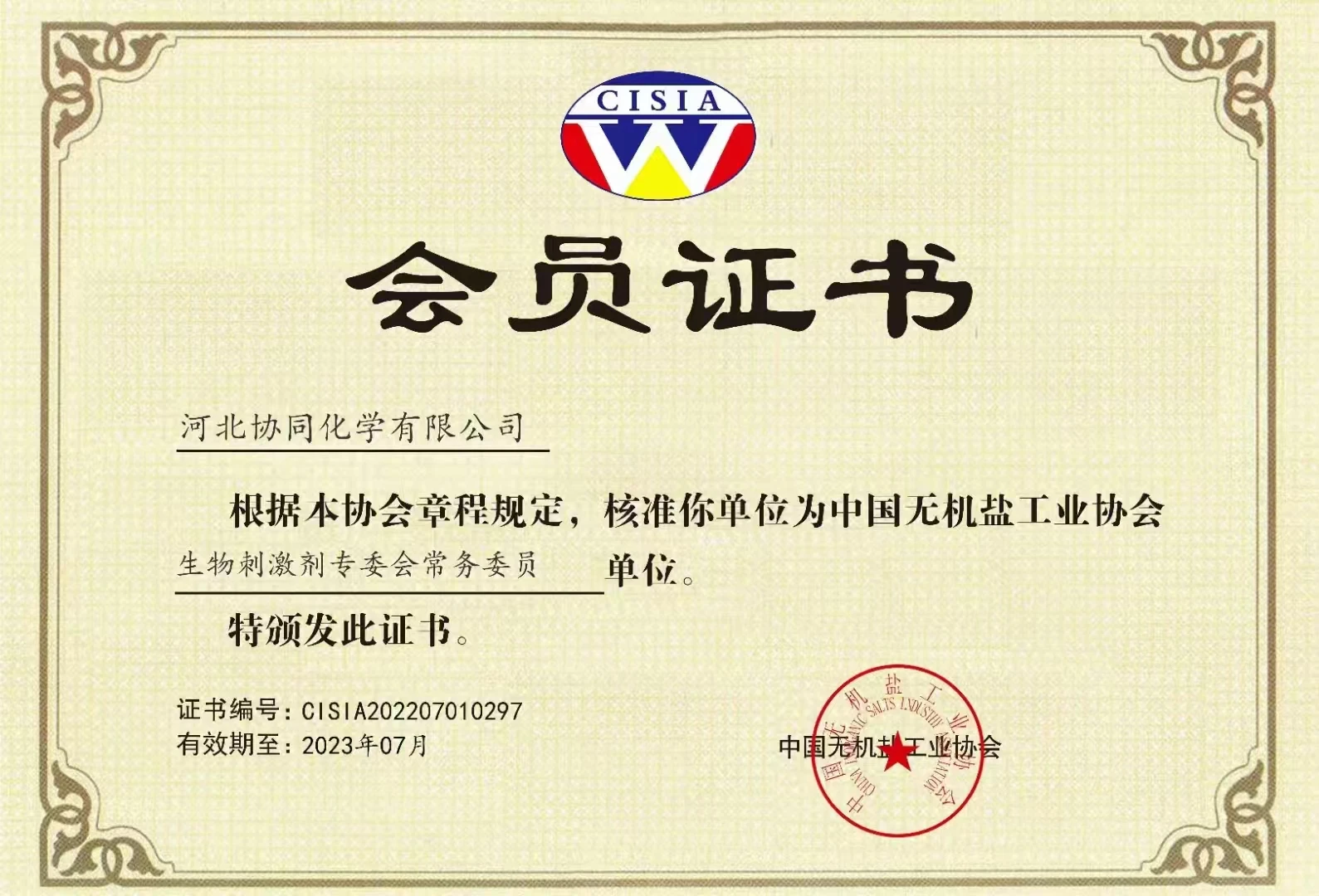
News
Dec . 02, 2024 07:51 Back to list
Iron Binding Agent Manufacturing and Supply Solutions for Diverse Applications
Iron Chelating Agents Production and Applications
Iron chelating agents are vital compounds used in various industries, including agriculture, pharmaceuticals, and environmental management. Their primary function is to bind to free iron ions in solution, preventing them from contributing to oxidative damage in biological systems or participating in undesired chemical reactions. This article will explore the production processes of iron chelating agents and their diverse applications.
Manufacturing Process of Iron Chelating Agents
The production of iron chelating agents usually involves synthetic organic chemistry. Key raw materials include natural and synthetic precursors such as amino acids, organic acids, and phenolic compounds. Several methods are employed in the synthesis of these agents, with the most common being the reaction of these precursors with metal ions to form stable complexes.
1. Raw Material Selection The first step in the manufacturing process involves selecting high-purity raw materials. Commonly used agents include ethylenediaminetetraacetic acid (EDTA), diethylenetriaminepentaacetic acid (DTPA), and nitrilotriacetic acid (NTA), which are chosen based on their chelating efficiency and stability.
2. Chemical Synthesis The production typically involves a multi-step synthesis process. For example, to produce EDTA, a reaction between ethylenediamine and chloroacetic acid is conducted under controlled conditions. Reaction parameters such as temperature, pH, and concentration are critical to achieving high yields and purity.
3. Purification Techniques Once synthesized, the chelating agents must undergo purification to remove unreacted materials and by-products. Techniques such as crystallization, ion-exchange chromatography, and solvent extraction are commonly employed to achieve the desired purity levels.
4. Quality Control Rigorous quality control measures are implemented throughout the manufacturing process. Analytical methods such as spectrophotometry, chromatography, and nuclear magnetic resonance (NMR) spectroscopy are used to confirm the identity and purity of the final products.
5. Packaging and Distribution After passing quality assurance tests, iron chelating agents are packaged in suitable containers to preserve their integrity. Proper labeling with handling instructions ensures safe transportation and usage in various applications.
iron chelating agent factory

Applications of Iron Chelating Agents
Iron chelating agents have widespread applications across several fields due to their ability to modulate iron availability.
1. Agriculture In agriculture, chelating agents like EDTA are used to enhance nutrient availability to plants. Iron chelates are particularly valuable in alkaline soils, where iron becomes less soluble and unavailable to crops. By applying chelated iron fertilizers, farmers can ensure healthy crop growth and maximize yields.
2. Pharmaceuticals In the medical field, iron chelators are utilized in treating conditions such as hemochromatosis and thalassemia, where excess iron accumulation poses severe health risks. Agents such as deferoxamine help to remove excess iron from the body, reducing toxicity and preventing organ damage.
3. Environmental Remediation Iron chelating agents play a critical role in environmental management, particularly in the remediation of contaminated soils and waters. They can solubilize heavy metals, making them easier to extract or precipitate, thereby reducing environmental hazards.
4. Food Industry In the food industry, iron chelators can be used to prevent oxidative spoilage. They stabilize iron to promote the color and quality of various food products, thereby extending shelf life.
5. Industrial Applications Iron chelating agents are also found in industrial applications, such as in detergents and cleaning agents, where they help to prevent hard water deposits and improve product efficiency.
In summary, iron chelating agents are crucial compounds with diverse applications that span agriculture, healthcare, and industry. Their efficient manufacturing processes ensure a constant supply to meet the growing demand across various sectors, while ongoing research continues to explore new applications and improve existing formulations.
-
Polyaspartic Acid Salts in Agricultural Fertilizers: A Sustainable Solution
NewsJul.21,2025
-
OEM Chelating Agent Preservative Supplier & Manufacturer High-Quality Customized Solutions
NewsJul.08,2025
-
OEM Potassium Chelating Agent Manufacturer - Custom Potassium Oxalate & Citrate Solutions
NewsJul.08,2025
-
OEM Pentasodium DTPA Chelating Agent Supplier & Manufacturer High Purity & Cost-Effective Solutions
NewsJul.08,2025
-
High-Efficiency Chelated Trace Elements Fertilizer Bulk Supplier & Manufacturer Quotes
NewsJul.07,2025
-
High Quality K Formation for a Chelating Agent – Reliable Manufacturer & Supplier
NewsJul.07,2025
